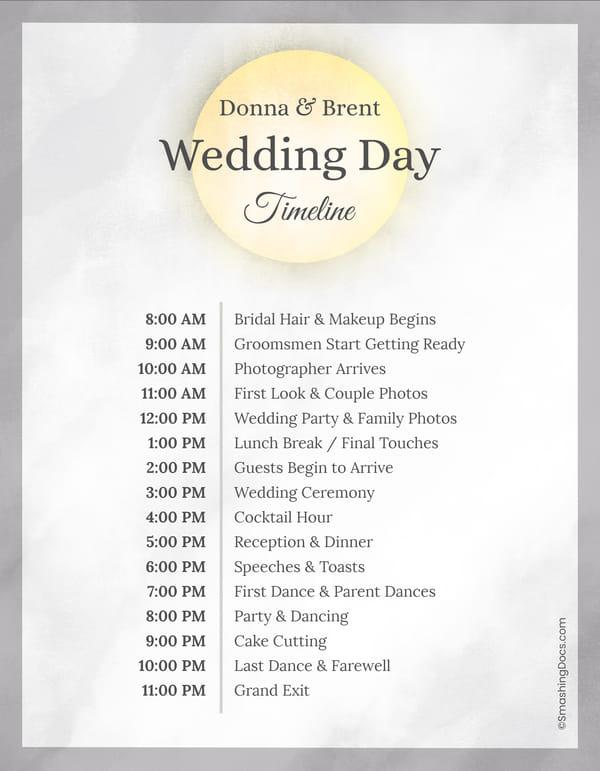
Be a Time Management Ace with These Free Planner Templates
Balance items on your schedule better than a professional juggler and never let things slip through the cracks with our time-saving planner templates.

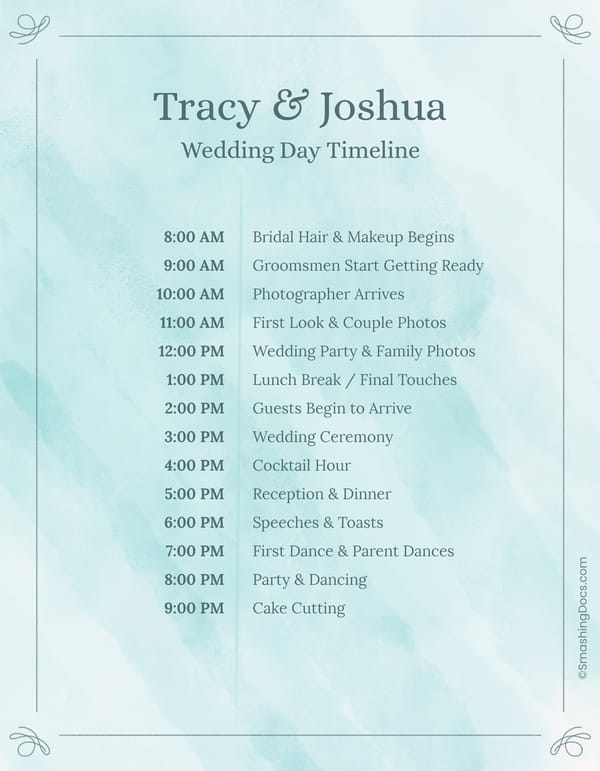
Free Editable Elegant Wedding Day Schedule Template
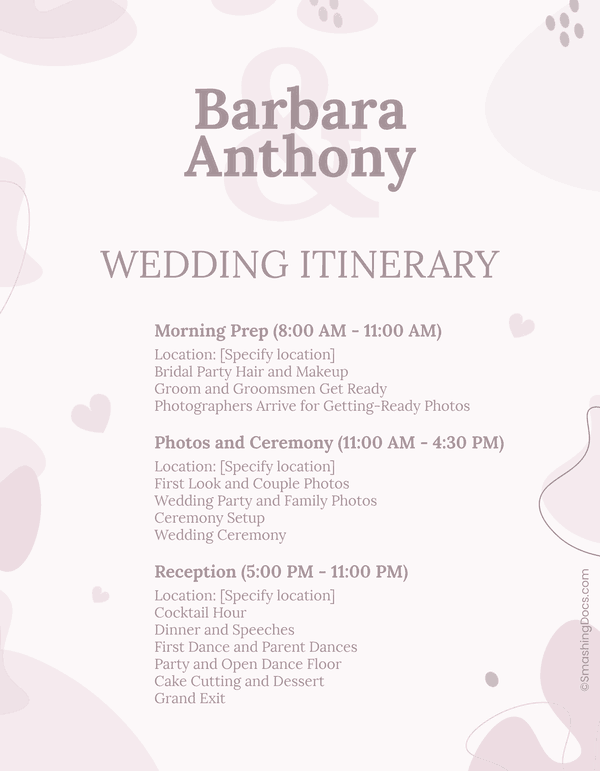
Free Chic Wedding Itinerary Template
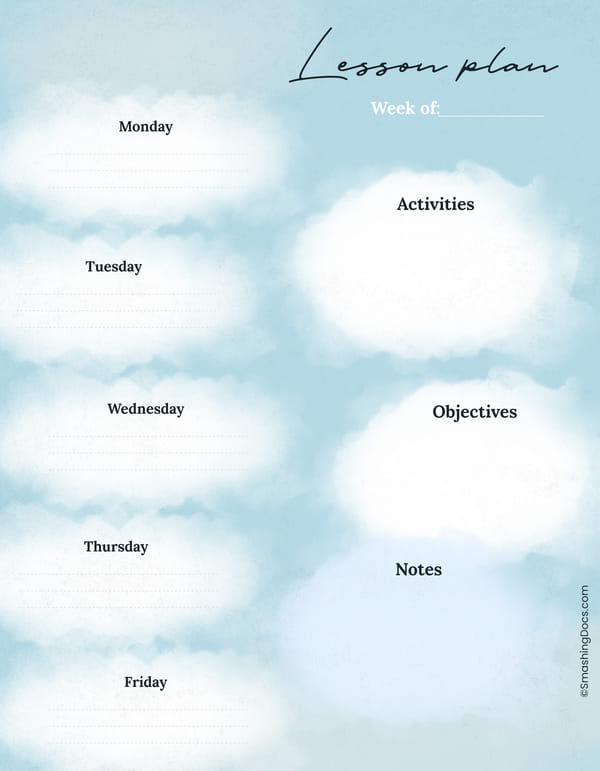
Free Printable Cloud-Themed Weekly Lesson Planner
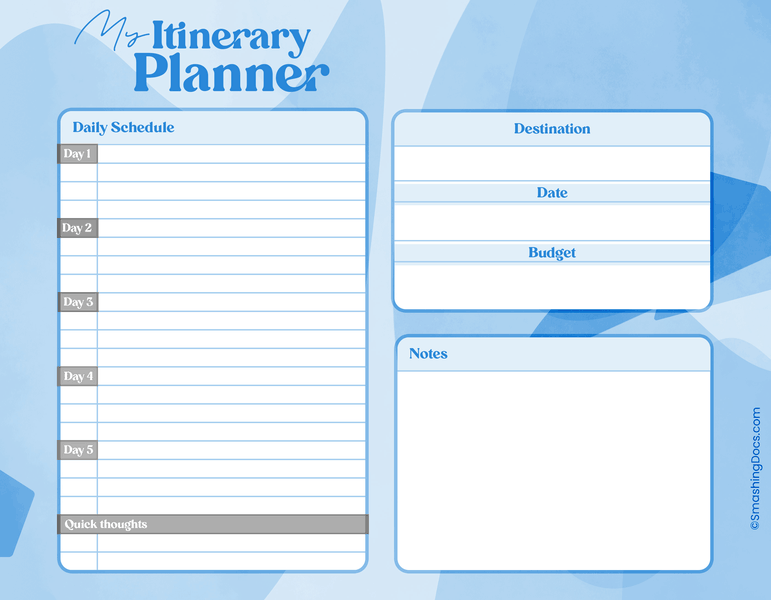
Free Serene Blue Travel Schedule Template
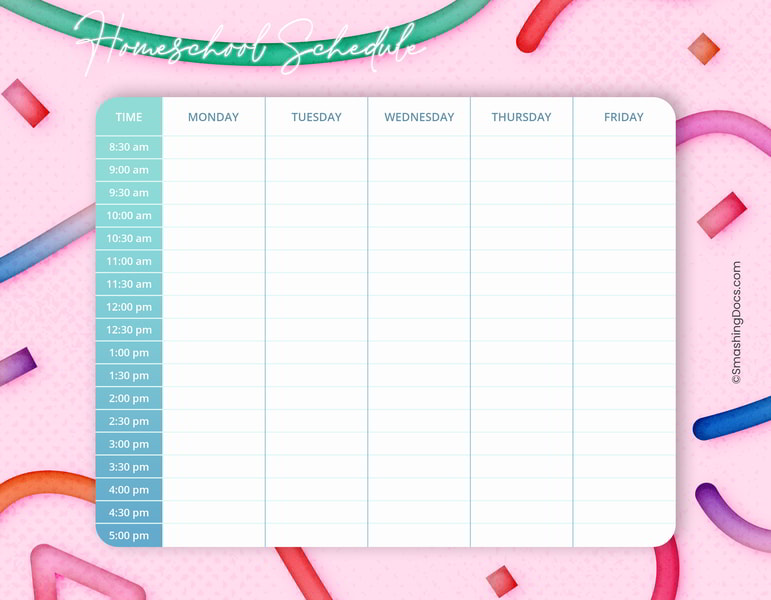
Free Candyland Homeschool Timetable Template
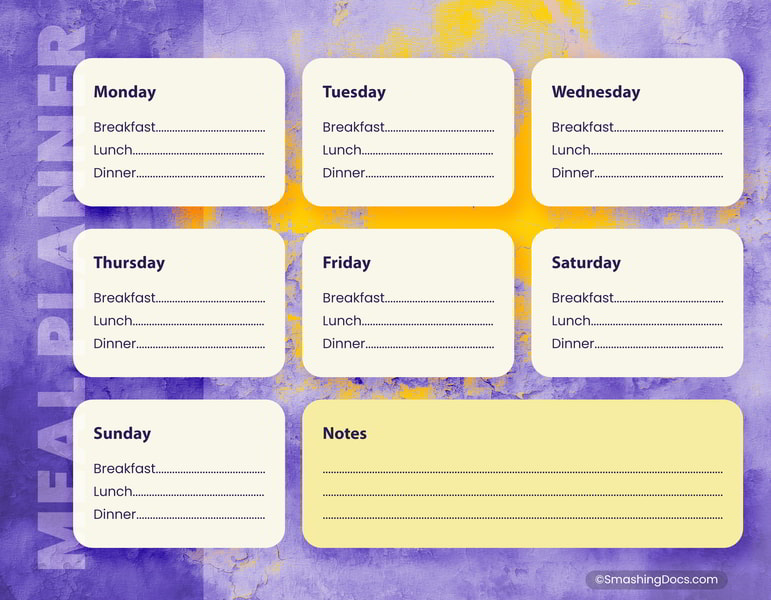
Free Purple Haze Meal Organizer – Weekly Printable
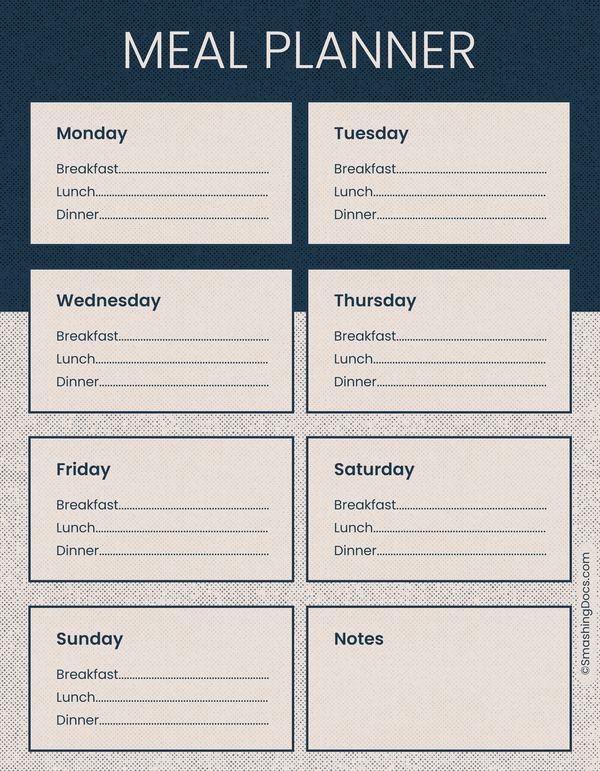
Free Vintage Press Style Weekly Meal Planner Template
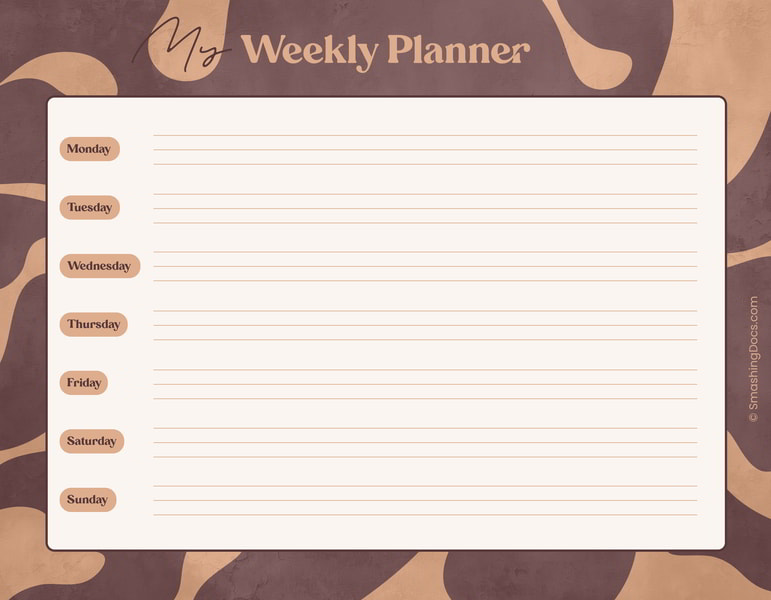
Free Earthy Tone Weekly Planner Template
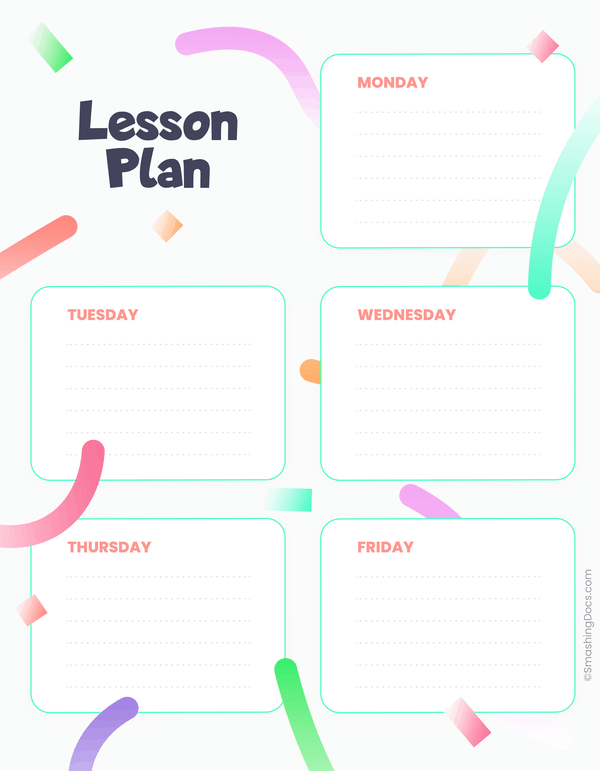
Free Pastel Pop Weekly Lesson Plan Template
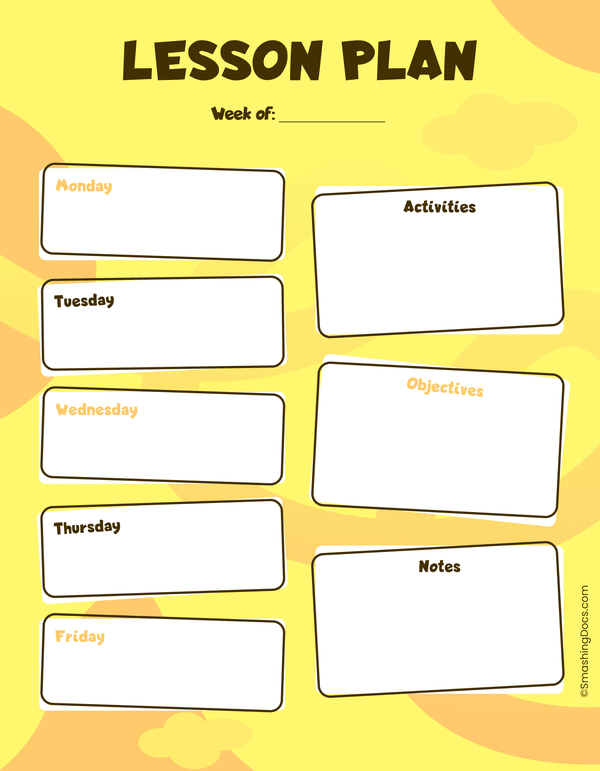
Free Sunshine Lesson Plan Template to Organize Your Week in Style
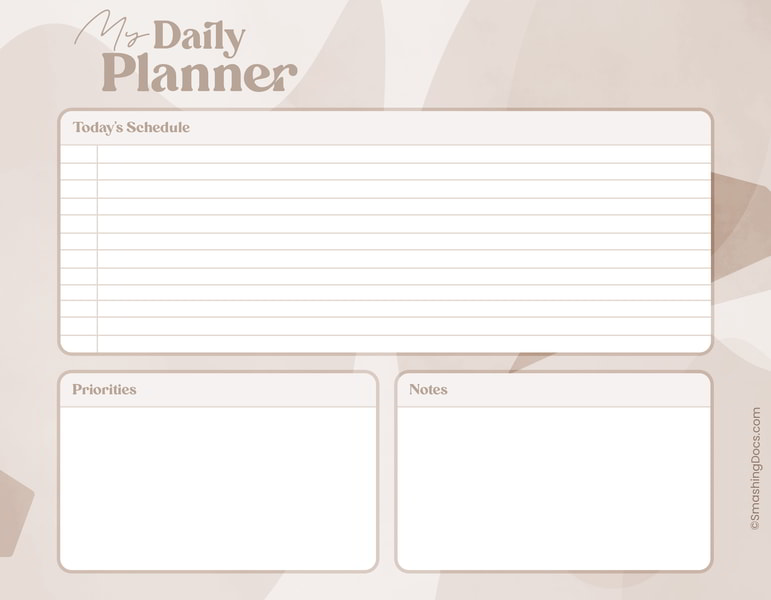
Free Printable Daily Schedule Template
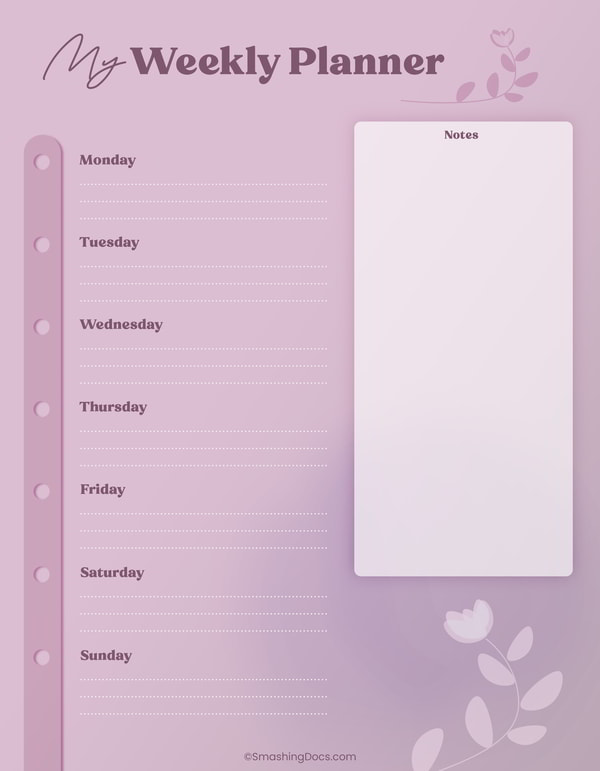
Free Dash of Lavender Weekly Planner Template
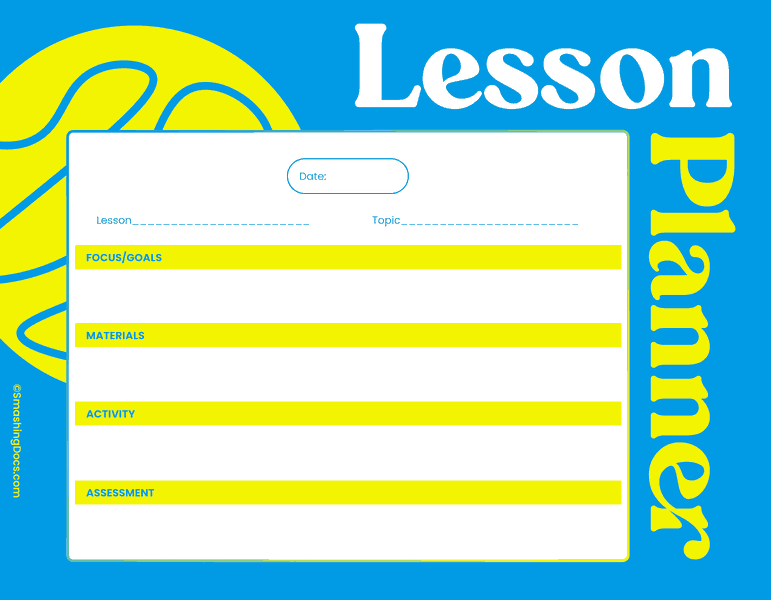
Free Vibrant Lesson Planner Template for Teachers
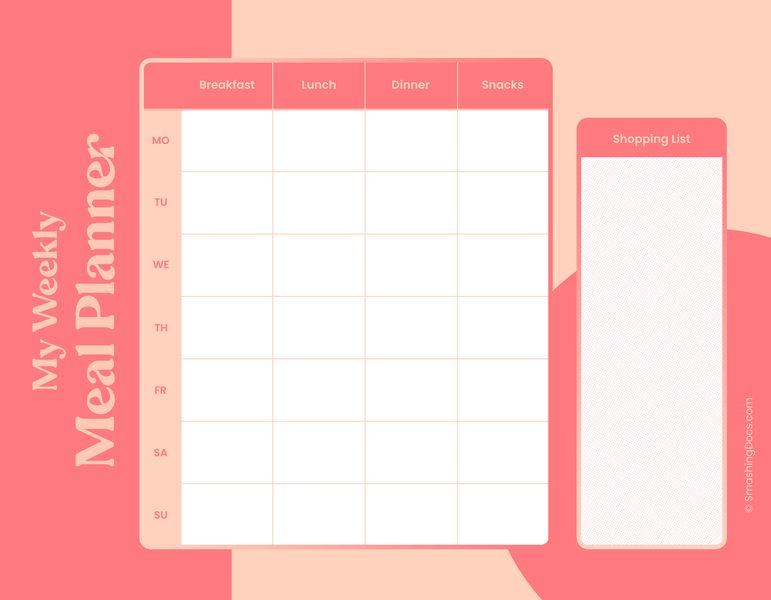
Trendy Salmon Pink Weekly Meal Planner Freebie
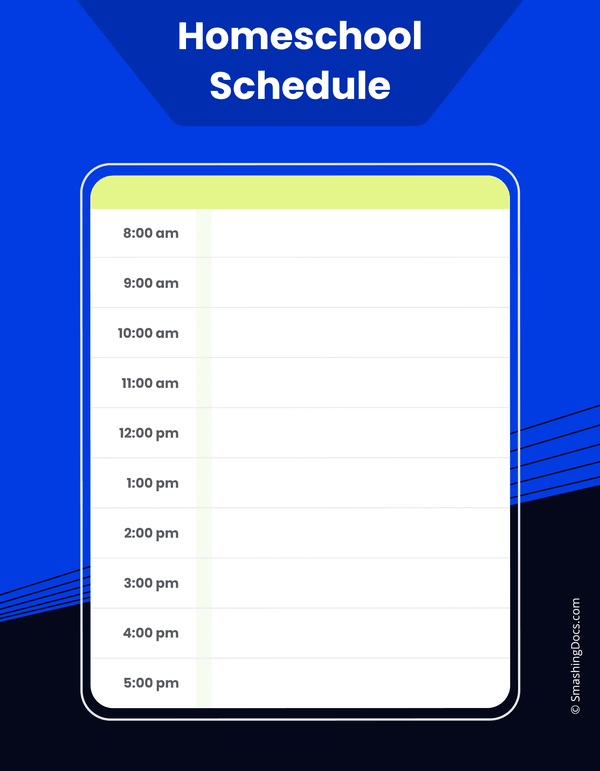
Free Printable Daily Homeschool Timetable Template
How Do You Use Your Planner Template Effectively?
Your planner template can be a powerful tool for staying on top of your game without overstressing.
…But it can also be a useless stack of papers unless you use it right.
So how do you use your planner most effectively? Here are some science-backed tips.
1. Figure Out The Optimal Planning Cadence
My collection of planner templates has:
- Daily planners. Great for planning your daily to-do lists. Block 5 to 10 minutes every night to fill in your schedule for the day ahead. So you can sleep soundly without worrying about what needs to be done tomorrow.
- Weekly planners are perfect for visualizing all your errands — appointments, meetings, and other must-dos. Again, plan most of your activities a week ahead, every Saturday or Sunday night. Then pop in some extras around your schedule.
- Monthly planners provide more room for long-term planning. Use these templates to jot down important dates like planned trips, deadlines, birthdays, and other events. Keep more mundane items in your weekly/daily planners to reduce the overwhelm.
Pro tip: Color-code different types of chores to create better visual distinctions between tasks and add different levels of priority. For example, you can make your grocery lists and shopping trips blue and mark all class schedules orange to understand what you have planned for the day in one quick glance.
2. Handwrite Your Planner
Writing by hand has many proven benefits. The process gives you more time for reflection than speed-typing on the go. Handwriting also prompts you to better formulate your thoughts and structure them (because there’s no “undo” function). Finally, our brain tends to retain handwritten information better.
As a recent study found handwriting in paper planners activates multiple brain regions, associated with memory more effectively than using digital devices. And it’s also faster. The study participants needed 11 minutes to fill in their paper datebooks while smartphone users needed 16 minutes.
Finally, as a designer of Japanese paper planners beautifully said:
[A planner] It’s more than just a schedule book to keep appointments, and it’s not quite a diary, nor is it just a notebook…”
…But rather a visual snapshot of one’s life and personality.
3. Put Goals, Not Just Chores, Into Your Planner
Many of us treat the planner as a brain dump where you list all the pleasant and mildly-daunting things on your to-do list.
But as science suggests putting down goals into your planner can be a powerful practice.
Researchers from the Dominican University of California found that those students who put their goals into writing were 1.5 times more likely to achieve them, compared to those who only expressed them verbally.
So make sure that your planner also features a mix of personal and professional goals you are working towards!
Pro tip: Try the S.M.A.R.T. goal setting technique to achieve even better results. Formulate each of your goals to be specific, measurable, achievable, relevant, and time-bound.
Final Tip: Don’t Overcommit
With an empty planner template at hand, it may be tempting to fill it up to the brink with loads of tasks. Don’t rush to overcommit. All of us have limited time, mental bandwidth, and energy each day. You need to distribute these resources wisely across all tasks.
Pick one major “focus” task for the day, requiring your top attention. Then fit in 3-4 smaller chores you can do in 30 minutes or less. This will leave you enough room for impromptu changes and schedule adjustments (which are bound to happen!).
Discover Even More Types of Planners
Organize other aspects of your life with these planners:
- Workout planners. Powerful planners to sculpt your best training routine.
- Lesson planners. Deliver engaging lessons with customizable lesson planners.
- Budget planners. Stay atop your spending without stressing over the numbers.
- Travel and itinerary planners. Map your next epic trip with printable planners.
